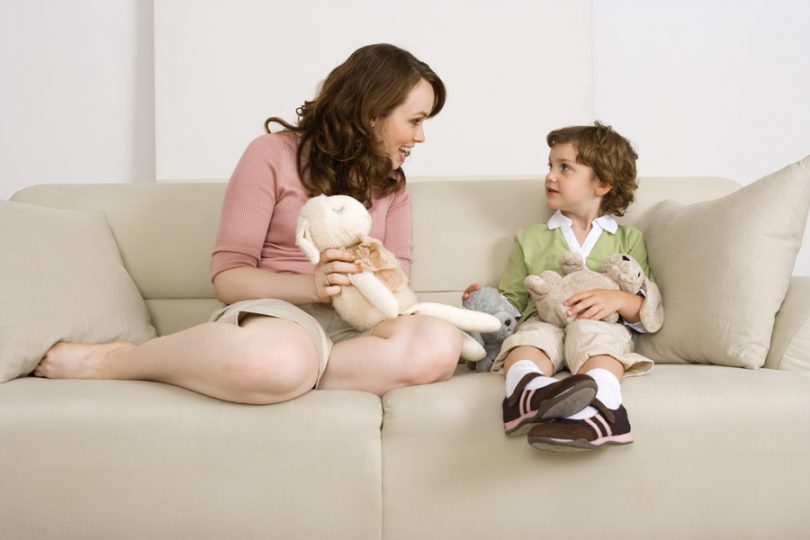There is no doubt that many people have been shaken up by the tragedy in Newtown, Connecticut. Adults often struggle with how to approach sensitive topics, such as school and community violence, when talking with children and adolescents. We wonder when to talk to the child, how much to share, and how to help them process the thoughts and feelings that are difficult to process even for ourselves.
Remember that children will be looking to the adults in their lives for assurance, comfort and stability. They will be looking to us for information and support. Our reactions and responses to tragedies can impact how children react and their perceptions of safety. Below are some tips and guidelines that may assist you in having these difficult, but important conversations.
Don’t project your fears onto them.
Our own emotional responses to the tragedy can be overwhelming at first, especially as we place ourselves in the position of the children and families directly affected by this event. It is important for adults to acknowledge their emotional responses.
Children see and perceive situations differently than adults, therefore adults must manage their emotions while talking with children.
We can’t completely shield children from what happened. The fact is that children will hear about the tragic event. Even if you eliminate access to information at home, it is impossible to control what information children will hear when interacting with other children and adults at school and in the community. Make a conscious decision about how you and your family will approach this discussion.
Make time to talk.
Encourage children to talk about their thoughts and feelings, but also be mindful of their readiness to talk. Be patient, listen and allow their questions to guide you on how much information to share. Gear your explanations to the child’s age, language and developmental level. Early elementary school children do better with brief, simple information balanced with reassurances that their schools and homes are safe and that adults are there to protect them.
Upper elementary and early middle school students will likely ask more questions about their safety and what is being done at school to ensure it. Assistance in separating reality from fantasy may be needed. Upper middle school and high school students will likely have strong and varying opinions about society and the causes of violence. They will have ideas on how to improve school safety and prevent tragedies. Focus on what children and adolescents can do in following safety guidelines, communicating concerns and accessing help.
Create and facilitate an environment of safety.
Review procedures and safeguards at school and at home. Remind the child of specific and concrete safety measures and strategies. Give examples of why their school building or their home is safe. Talk to children about how their school staff works with parents and public safety providers (local police and fire departments, emergency responders, hospitals, etc.) to keep them safe. Discuss the difference between reporting, tattling or gossiping. Help children identify at least one adult at school and in the community to whom they can go if they feel threatened or at risk.
Written by Lorna Tempest, LPC, LMFT

